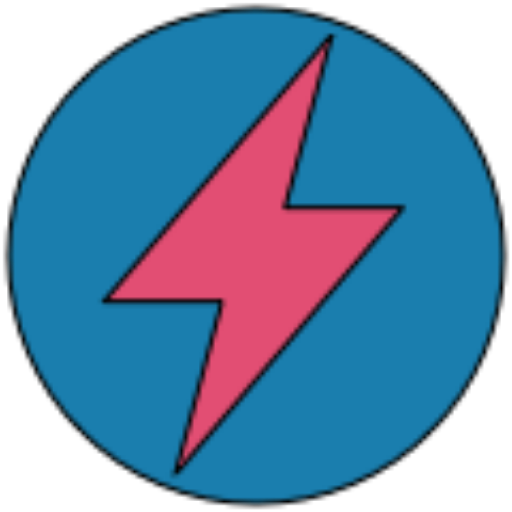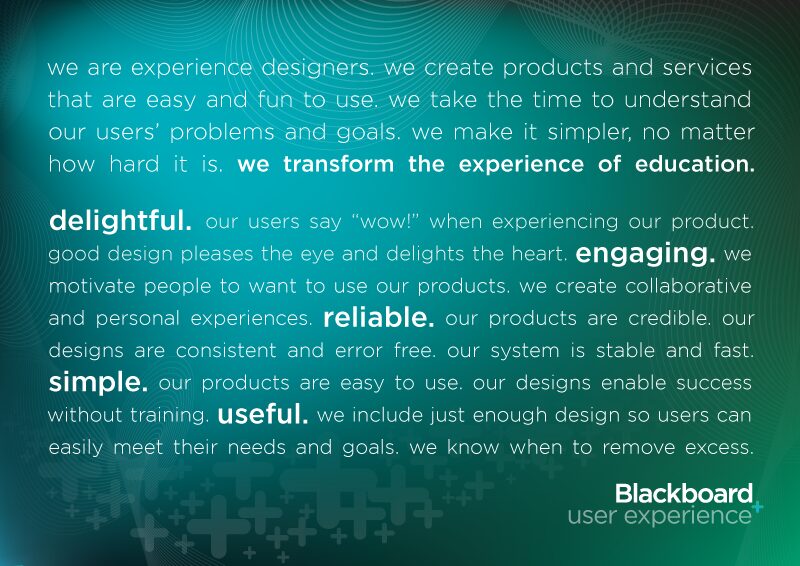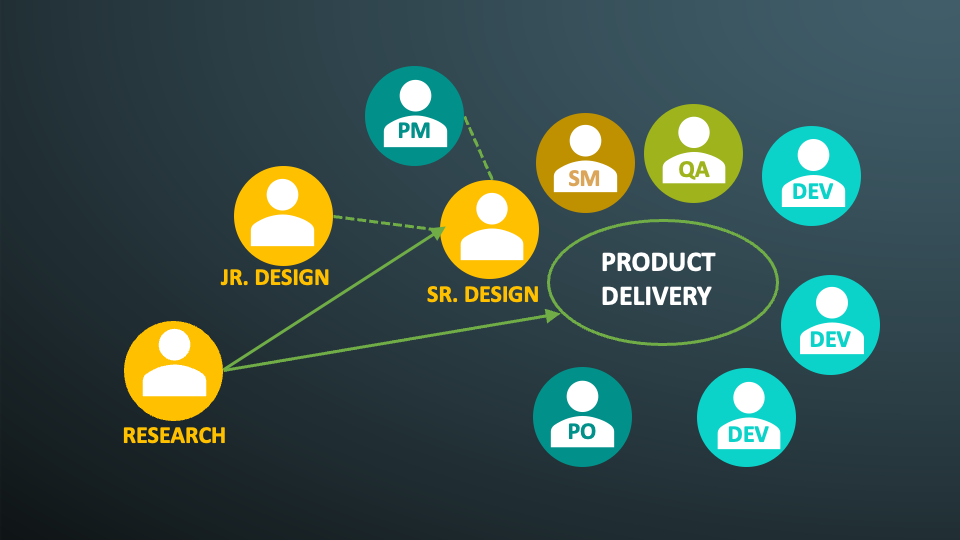
Building a collaborative UX culture at Blackboard: From zero to strategic partner
As one of the first UX hires at Blackboard, I played a key role in shifting product development from a solely engineering–PM-driven model to a collaborative, design-informed process. At the time, design was not yet a recognized discipline within the product org. My role helped lay the groundwork for embedding user-centered thinking across every step of the product lifecycle.
Challenge
Business Need:
To compete in an increasingly user-driven EdTech landscape, Blackboard needed to evolve beyond feature-driven releases and improve usability, engagement, and accessibility across its product suite. Leadership recognized the strategic importance of elevating design maturity, but lacked the structure, training, and cross-functional integration to make UX a core part of the product lifecycle.
User Pain Points:
Users, both internal and external, faced the consequences of fragmented UX efforts:
- Inconsistent experiences across products led to frustration for students and educators navigating learning workflows
- High support ticket volumes revealed usability issues that could have been resolved through earlier design validation
- Siloed teams resulted in misaligned goals, rework, and delays in shipping learner-first solutions
- Lack of shared understanding of user needs made it difficult for product teams to prioritize meaningful improvements
Approach
As one of the first UX leaders hired at Blackboard, I was instrumental in building a collaborative, user-centered product culture from the ground up. My role extended beyond design execution—I served as a UX strategist, educator, and culture shaper embedded within cross-functional product teams.

Established Blackboard design principles
Co-created a clear, actionable set of design principles that aligned cross-functional teams around user needs, guiding decision-making and prioritization across product lines.


Cross-functional team integration
Embedded designers within product squads and created shared workflows between product managers, engineers, and QA, fostering collaboration from discovery through delivery. Leveraged this partnership when architecting Blackboard’s first design system.
Mentorship & talent development
Launched a mentorship program to support junior designers and upskill product and engineering peers, accelerating team-wide UX maturity and shared ownership of design quality. Created a monthly “brown bag lunch” to align designers together across the organization (e.g., Marketing, Product Development).

Outcomes
I introduced structured onboarding and training to involve PMs and engineers in user research and testing, fostering empathy and shared understanding of user needs. By facilitating close collaboration across design, product, and engineering, I reduced silos, accelerated delivery, and aligned teams around user-centered goals. Additionally, I launched a mentorship model pairing senior and junior designers to grow UX maturity and embed a lasting culture of continuous learning.
33%
reduction in clicks and page loads. Design system adoption streamlined interactions and improved usability across key workflows.
50%
increase in research participation. Training empowered product managers and engineers to actively support user research and usability testing.
faster
time-to-market. Co-located teams and shared ownership across UX, PM, and engineering reduced rework and sped up releases.
Selected Works
(240) 455-4586 ● design@faymail.com
Copyright © 2025 Rob Fay